French Line, S.S. Paris (1916) 1921 to 1947
Please
Note: Firefox and some iPad’s or iPhone’s, etc are not suitable
Use Google
Chrome for
this web page to load perfectly!

Click
the logo above to reach the ssMaritime FrontPage for Ships of the Month &
News Updates
With Reuben Goossens
Maritime Historian, Cruise‘n’Ship Reviewer, Author &
Lecturer
Please Note: All ssmaritime as well as my other related maritime &
cruise sites are 100% non-commercial and privately owned sites. Be assured that
I am NOT associated with any shipping or cruise companies or agencies or any
other organisations! The author has been in the passenger shipping industry
since May 1960, but although retired and unwell, I occasionally attempt to
write an article now and then, in order to bring enjoyment and pleasure to ship
enthusiasts past passengers and crew.
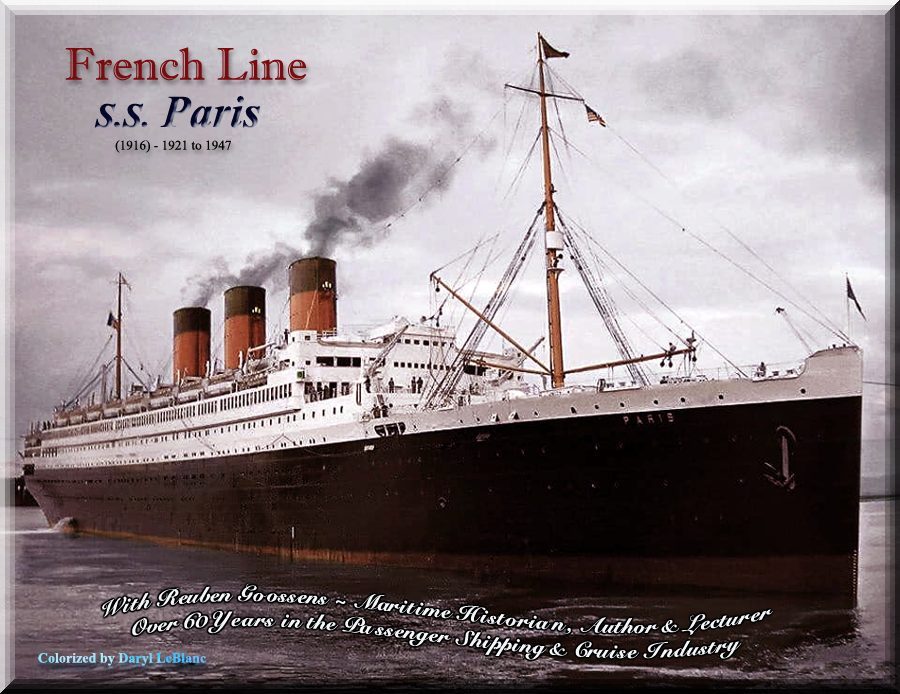
Photographs are from the ssMaritime historic collection - unless
stated otherwise
Introduction:
Let me first introduce you to the S.S.
France
owned by “Compagnie
Générale
Transatlantique”
(CGT) which was better known as the “French Line”. This 34,569 GRT (Gross Registered Ton) liner became known as the “Versailles
of the Atlantic”, being a reference to her ultra luxurious décor that
reflected the famous palace located outside Paris.
She was ordered in 1908, and she commenced on her Trans-Atlantic service in April
1912, which happened just a week after the sinking of R.M.S. Titanic. The S.S.
France
was the only French liner among the famous liners of the grand “four
stackers” sailing at that time. However, the France
rapidly became one of the most popular ships on the Atlantic.
During World War I she served as a hospital ship and thankfully she survived
that war, and she had a career that spanned a good two decades.
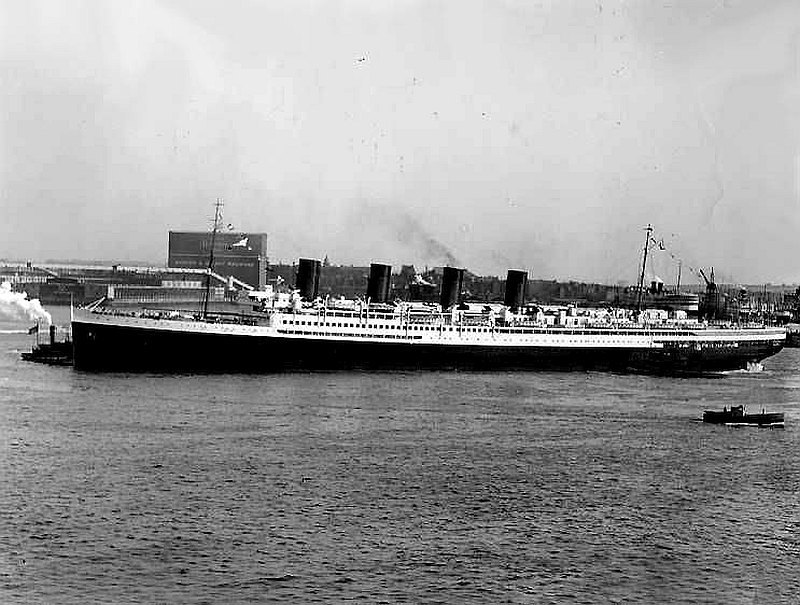
Here
we see the magnificent S.S.
France
- 1912 to 1935
The S.S.
France
proved to the world that the “French Line” had become one of the
world’s most distinguished shipping companies. The company had
deliberately decided not to interfere in the struggle of obtaining the speed
limit of the Atlantic crossings known as the “Blue Riband”, for
their aim was to construct new, larger super luxury liners that featured
interiors that were so luxurious and it was this that attracted passengers, not
the ships speed.
Thus French Line decided to continue the success
of the S.S.
France
by commissioning another new liner shortly after the arrival of the France.
This time their aim would be even more evident of what “opulent really
meant!” The new liner would be close to 35,000 tons, and have a maximum
speed around 22.44 knots, which was still a good speed for the early 1920s. But
as I already stated, it was not speed hat would attract passengers to this new
liner, for it would be the ship’s magnificent interiors, just like those,
if not superior then the France!
Construction and
completion of the S.S. Paris:
The new liner was ordered to be built by
Penhoët at Saint
Nazaire,
although her first
hull plate had been laid down in 1913, but sadly construction of the
ship soon halted due to the outbreak of WW1 in 1914. The partially
completed hull had already been named ‘Paris’,
but she lay idle on the slipway during the first two years of the war.
Then the French Government decided that they needed every space possible
for them to construct new war-ships.
Thus on September 12, 1916, the Paris
was hurriedly launched to make room for the construction of new war-ships and
she was placed in “Quiberon
Bay”,
however no work would be done for around a year.
Finally, in 1918 the Germans was forced to
surrender and sign the treaty of Versailles, and when the war had ended, every
participating country had to recommence from where they were back in 1914.
However, work did not recommence on the Paris
until 1919, and a great deal of work was required, as she had to be completely
fitted out.
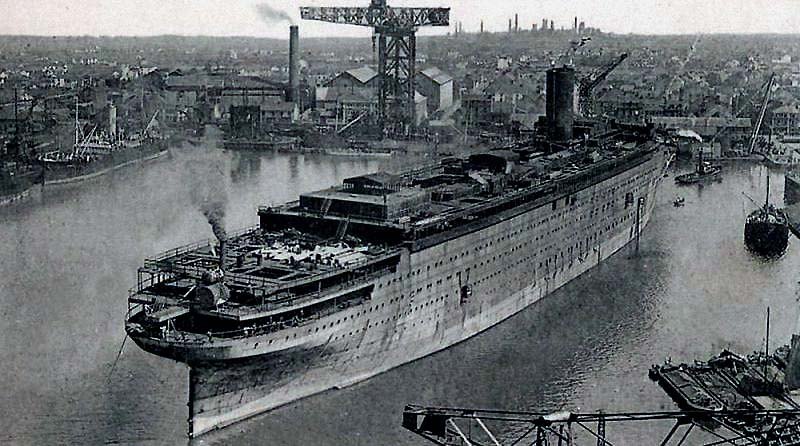
The
‘Paris’
is seen in Quiberon
Bay
during her fit-out
Two years later the elegant Paris
was finally completed. She emerged from the shipyard as the largest vessel ever
built in France.
Now that she was completed, the press could catch an eye on what the French
Line had meant in 1913, when they talked about the Paris’
interiors. The ship certainly had something of a magic touch, for she featured
a number of styles of amazing and superb interiors. Passengers could choose to
travel in the conservative Palace-like cabins, but the Paris
also featured Art Nouveau, as well as hints of the Art Deco that the Ile
de France
would boast six years later. The luxury of this ship was something no other
liner in the world could claim at that time. Amazingly, the vast majority of
the First Class staterooms had proper windows rather than the traditional round
portholes. In the cabins guests had a private telephone, which was extremely
rare on board a ship. A valet was available on the Paris, and he was easily
called by phone and he would be there within a minute, as he was locate in an
adjacent room, rather than in a cabin in the second class like on other
companies, which would have been far away. Added to this the Paris,
along with the other French liners, was well known for their amazingly superb
cuisine, which was of a very high five star standard!
Interior
Photo Album
First Class
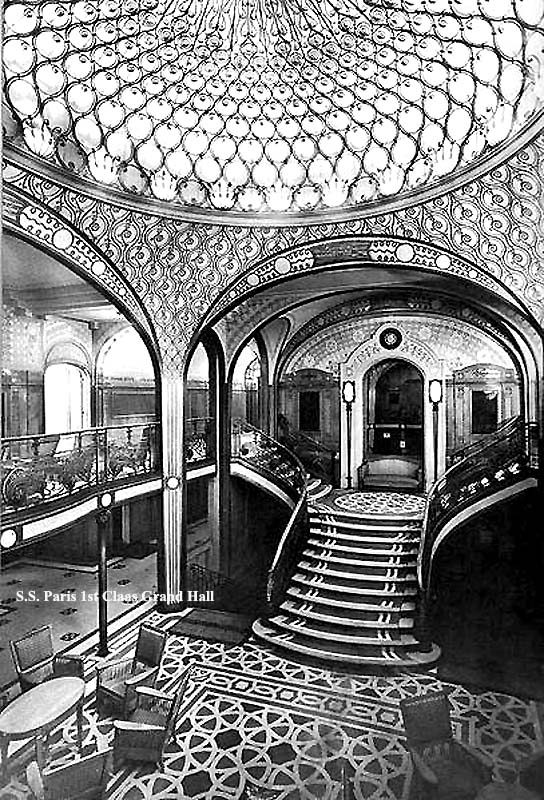
The
Grand Hall and Stairwell
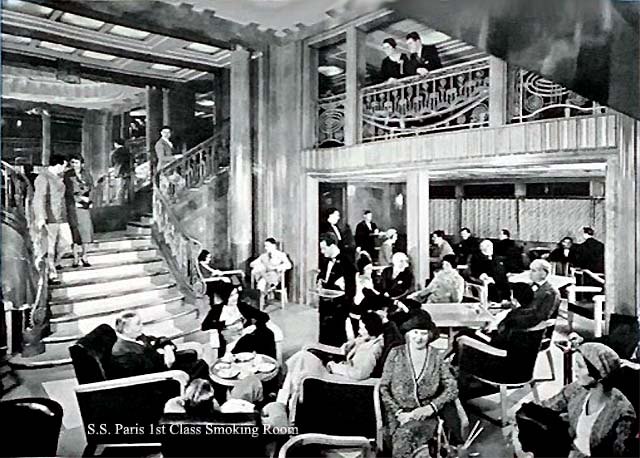
Smoking
Room
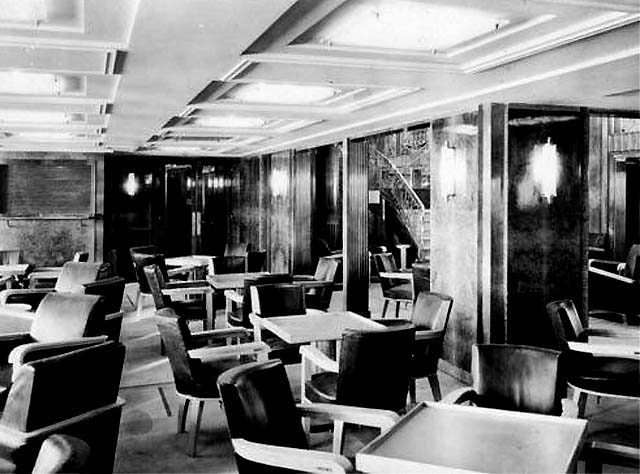
The
ladies had their own Smoking Room
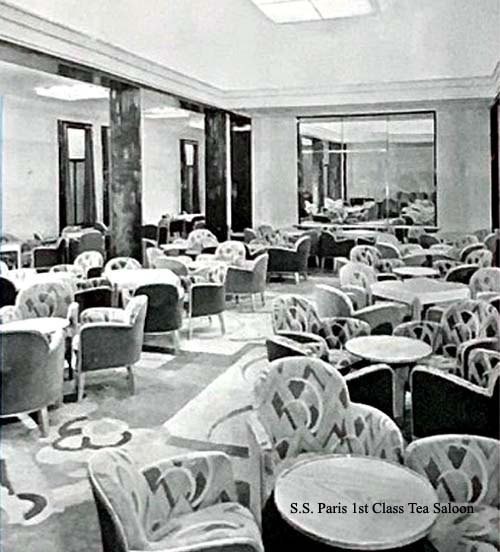
The
very popular Tea Saloon
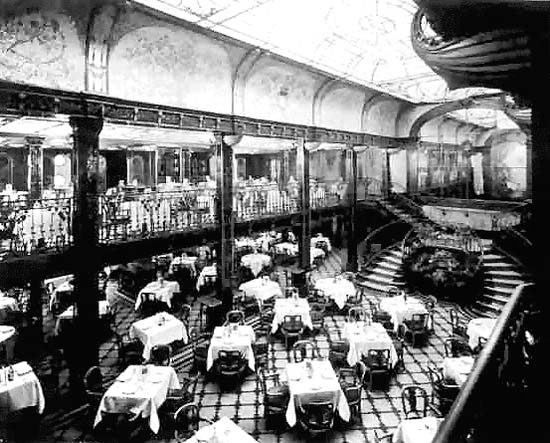
A
grand Restaurant to say the least and the cuisine was
simply sublime!
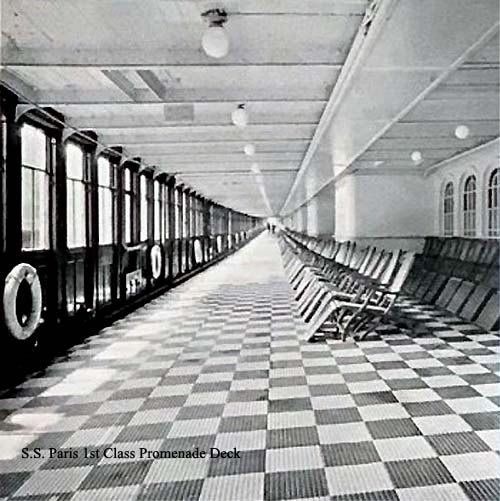
A
spacious Promenade Deck
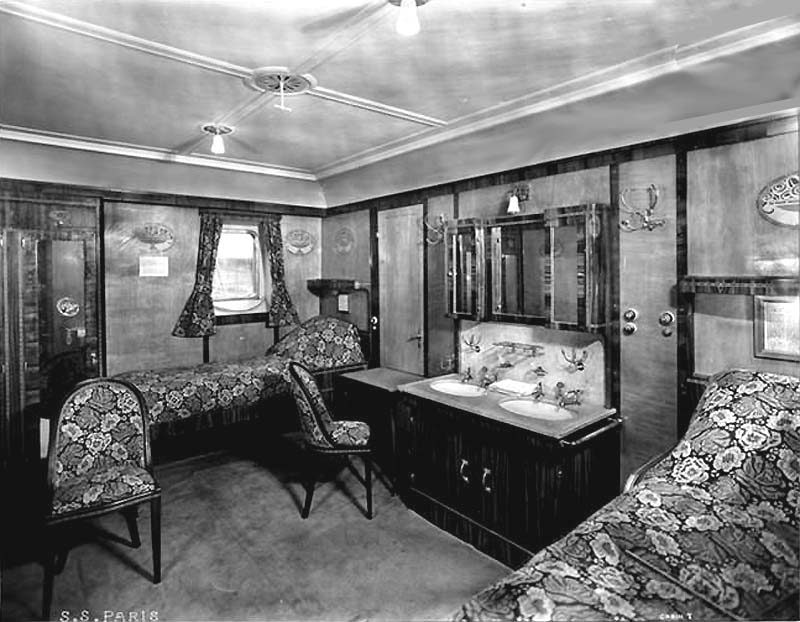
Twin
bedded Stateroom
Please
Note: There is a Deck Plan of the S.S. Paris on
Page Two, there is a link at the bottom of this page!
Second Class
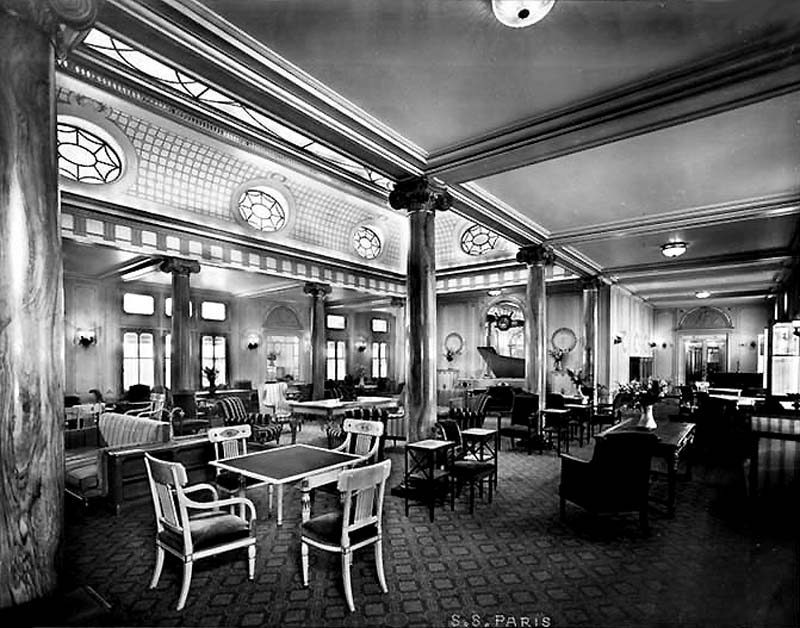
The
Main Lounge was of such a high standard it would have been up to the standard
of First Class on the best of fine liners!
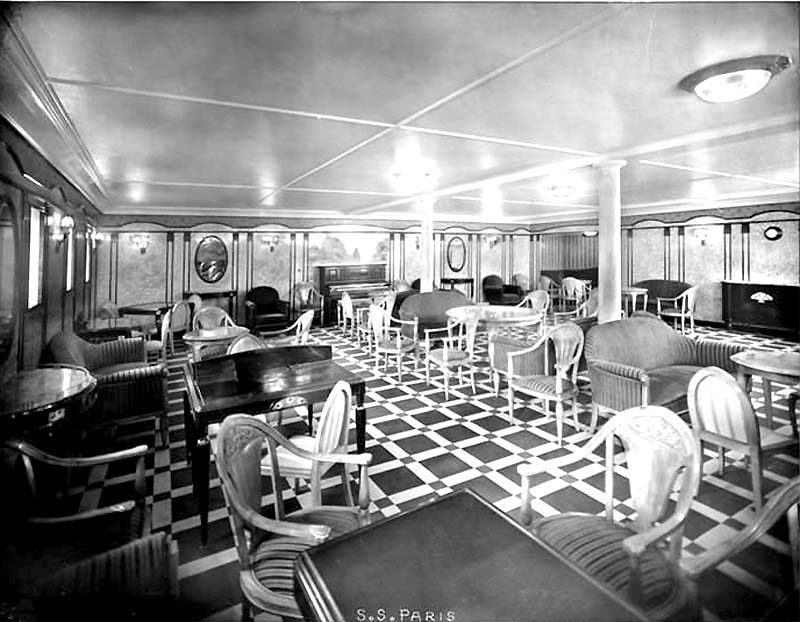
Music
Saloon
Third Class
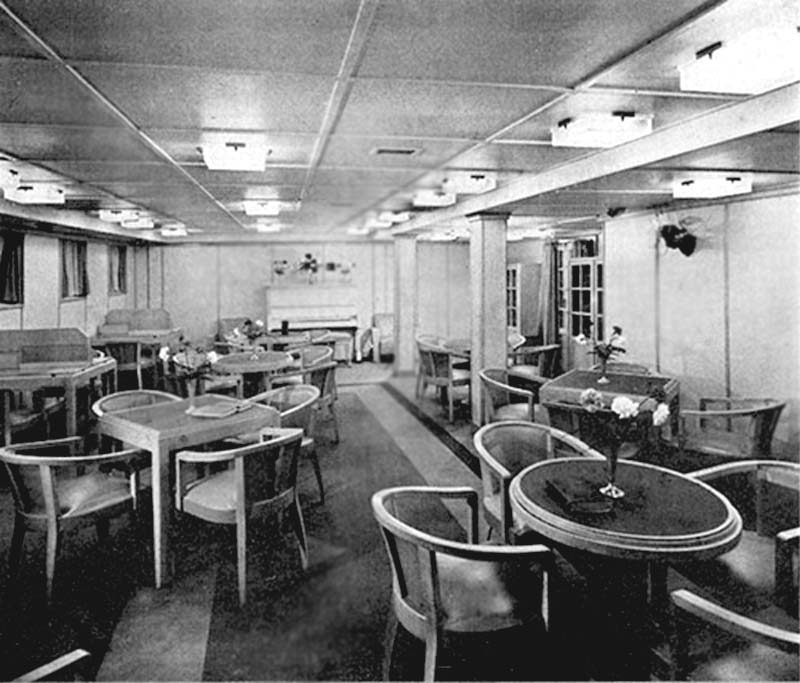
Library
and Writing Room, also used to show films and other activities
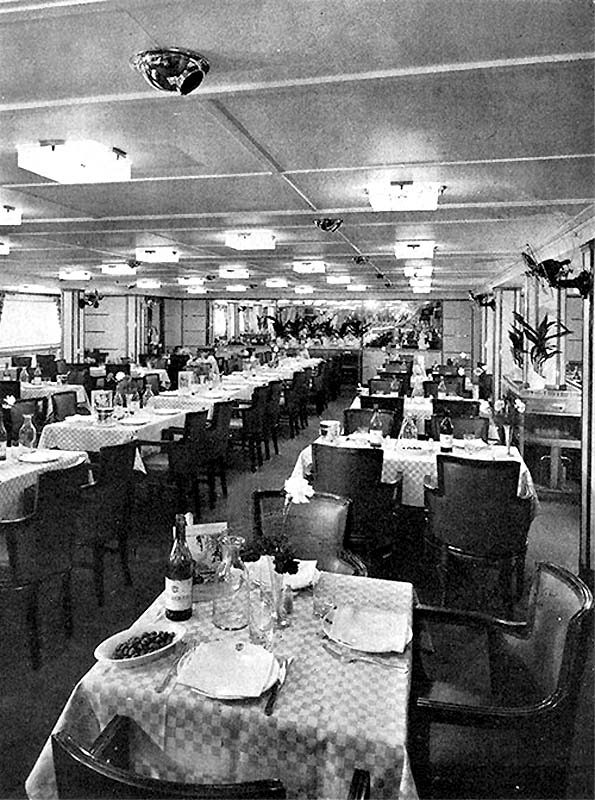
A
very pleasant Dinning Room
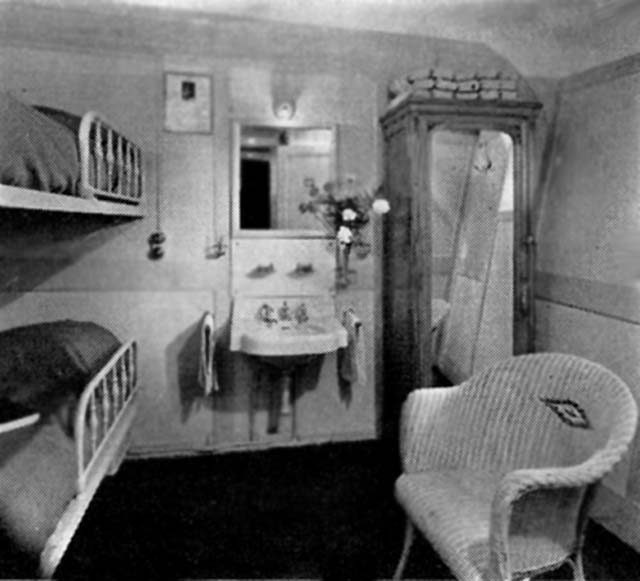
A
Two Berth Cabin complete with a hot and cold water basin
Completion to Maiden Voyage:
With the
Paris
was finally completed at that time she had become the largest liner under the
French flag, as officially she now registered as being, 34,569 GRT (Gross
Registered Tons).
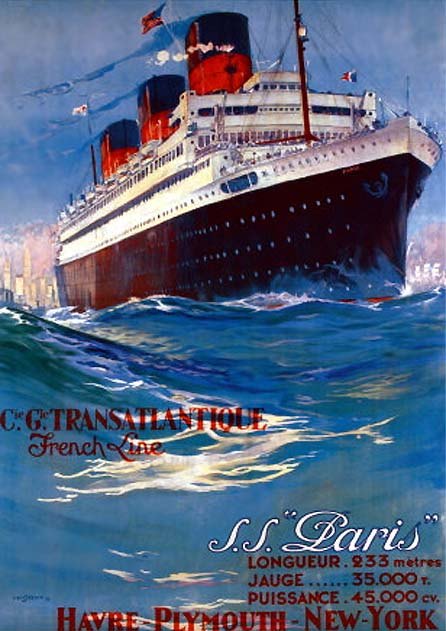
Pre maiden
Voyage Promotional S.S. Paris Poster
During her speed trials she managed a good
maximum speed of 22.44 knots, but her service speed would generally be 21
knots. She was completed and delivered to the French Line on June 5, 1921, and
she was made ready for her maiden voyage, thus she was fully stored up, and
took on board her full crew of 648 members.
Then on June 15, 1921, the magnificent long
and sleek looking three funnelled S.S.
Paris
finally departed Le
Havre
fully laden and she headed via Plymouth (UK) to New
York!
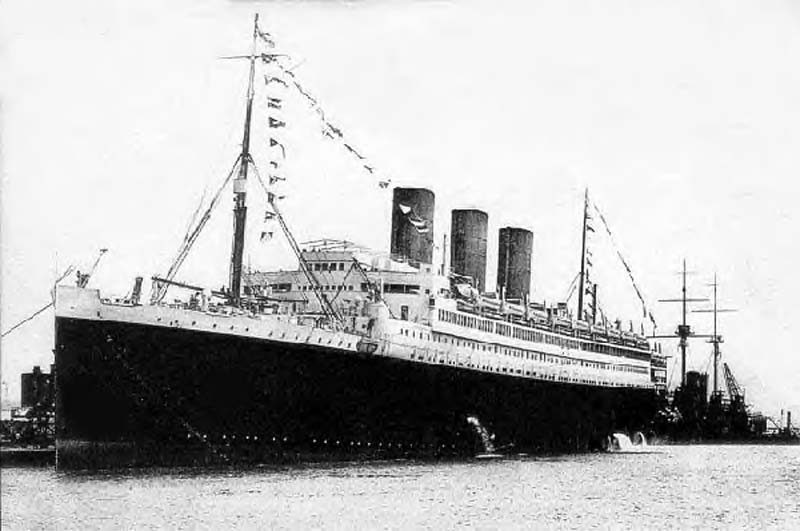
Here
we see the S.S.
Paris
during her maiden voyage to New
York
The Paris
was originally, as had all liner had been prior to the war designed with
Europeans immigrating to the USA
in mind. However after the war, the United States
had severely restricted its immigration policy, thus the Paris
now had to aim more and more the lucrative tourist market as well as the
wealthy and famous passengers. Thankfully, the 1920’s turned out to be a
very profitable period for the magnificent luxurious S.S.
Paris
and the stars did indeed turned out to sail on this luxurious liner, including
the famous actress Gloria
Swanson
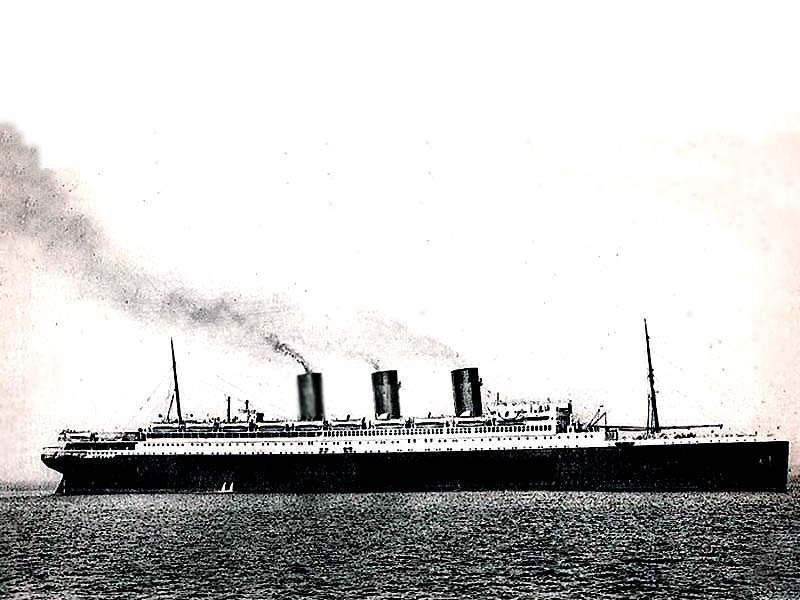
The
S.S.
Paris
seen at sea
As I already stated earlier that dining on Paris
was so good, and the service being simply beyond superb and her living spaces
were divinely comfortable and luxurious. Thus with her enormous appeal she
rapidly became known as the liner to sail on during the twenties as she was
“Floating bits of France
itself”, as one brochure aptly stated. But as always, it came back to the
magnificent cuisine for on the Paris,
it was said that was her most outstanding feature. Passengers stated that:
“More sea gulls followed Paris
than any other ship in hopes of grabbing scraps of the haute cuisine that were
dumped overboard”.
The French Line's success took off even
more when a third ship joined the service in June 1927, being the grandiose S.S.
Ile
de France.
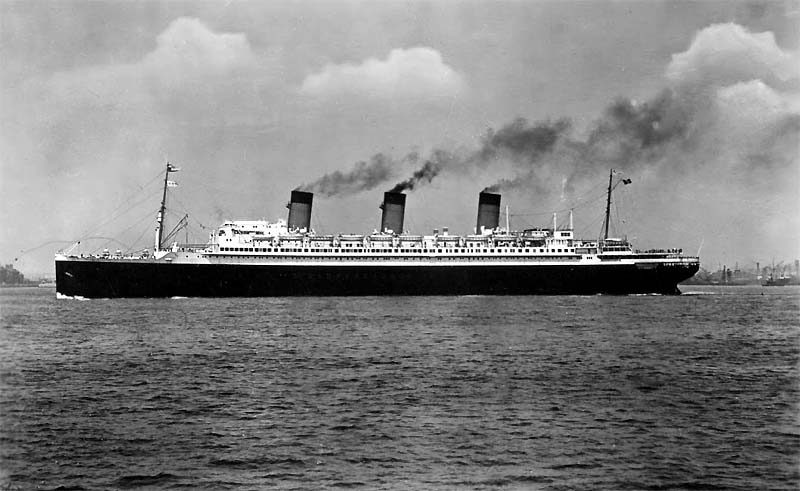
The
new 43,153 GRT
S.S.
Ile
de France
of 1927
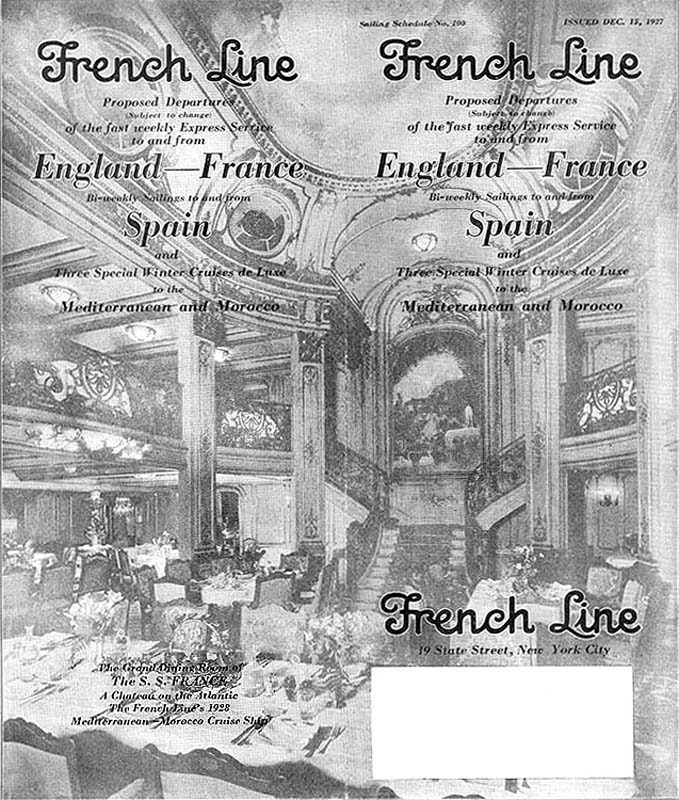
A
French Line sailing schedule released December 1927
Troubled times for the S.S. Paris:
The Norwegian cargo steam ship, the 1916 built
S.S.
Besseggen,
which happened to be at anchor on “the Road” in New York
Harbour
was rammed by the departing S.S.
Paris
on October 16, 1927, and tragically, due to the heavy damage caused, the
Norwegian ship sunk rapidly. This collision resulted in the loss of six of the Norwegian crew
lives, whilst survivors were rescued by Paris as well as the harbour ferries “American Legion” and the “Brooklyn”.
All blame was clearly placed on the officers of the Paris.
1929 a really bad year!
Then on April 7, 1929, the
Paris
ran aground on the Brooklyn shore, New York,
and she was refloated 36 hours later. Amazingly, just eleven days later on
April 18, 1929, she did it again as she ran aground once more, but this time on
the “Eddystone Rocks”, at
Cornwall, the
UK. Again she was refloated, but this time it was just two hours later and
she then anchored off Penlee in Cornwall,
where 157 of her passengers were taken off by a tender and landed at Plymouth.
These two incidents did not damage the ship,
unlike the fire that would brake out on board the ship when she was at Le Havre
just four months later.
Next, whilst at Le Havre
on August 20, 1929, the Paris
caught fire and she was severely damaged. Sadly, the much of the ship’s
passenger areas were devastated by the blaze’s smoke, and due to the massive
amount of water sprayed by the fire brigade she partially sank. Then on
September 11, she was refloated and sent to be repaired and refitted.
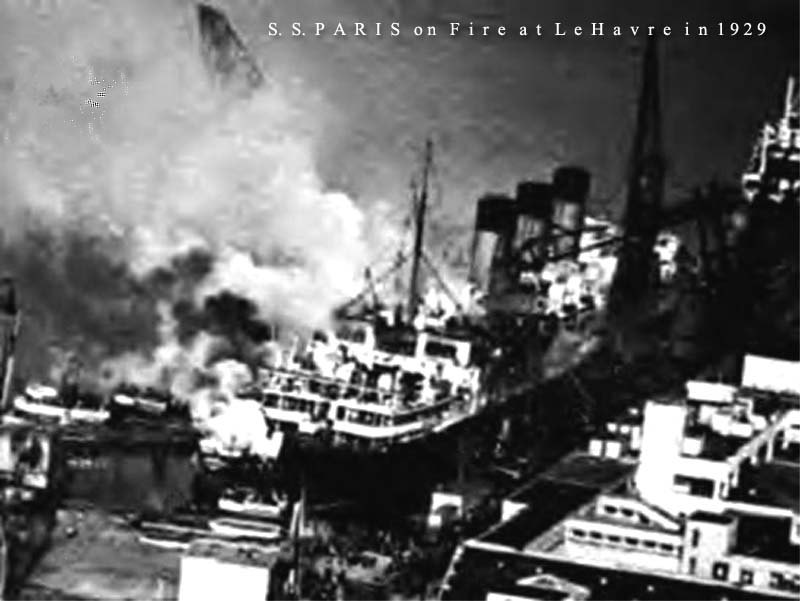
Here
we see the Paris
on fire at Le Havre
in 1929
Her repairs and refit took a good six months
to complete. When she was completed she looked her old self, and she returned
to service. However there had been some changed made to her passenger
accommodations that had been lowered; from 2,132 to 1,934 passengers, but
whilst cruising she would accommodate just 300 guests.
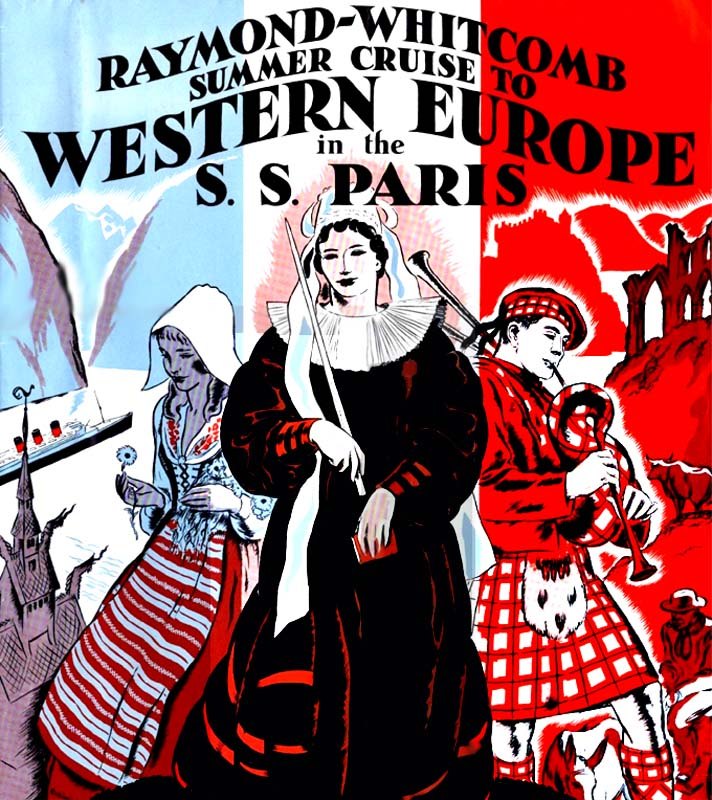
A
Cruise Brochure Cover
With the onset of the Great Depression late in
1929, even the French Line's stylish ships were sailing only a third full. The
French Line avoided the possibility of laying them up by pressing them into
cruise work. To some, it seemed scandalous to have such ships lazily roaming
the Mediterranean or Scandinavia
as cruise ships with just 300 First Class passengers on board.
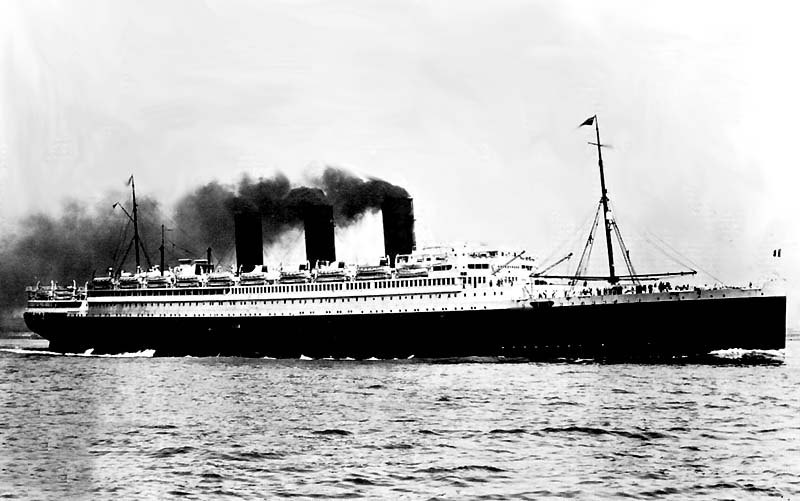
S.S.
Paris
is seen at sea during a cruise
She did continue to her regular Trans-Atlantic
services, and thankfully passenger numbers had thankfully increased again, and
the France
was making some money one more!
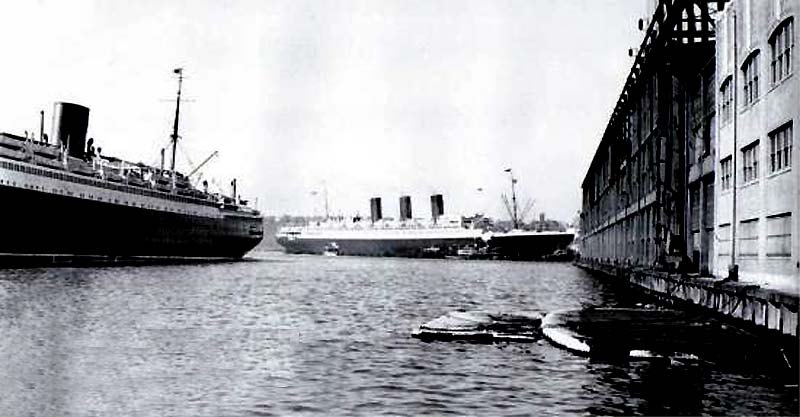
Paris
is seen arriving in New York
A Tragic End for a Fine
Liner:
On April 18, 1939, S.S.
Paris
caught yet another fire whilst she was docked at Le Havre
and she would temporarily block the new superliner Normandie from departing
from her brief stay there.
Five hours after the fire had commenced, all
of her promenade deck cabins were ablaze, and just as it was would be with the
great S.S. Normandie just three years later in 1942, the fire brigade pumped far
too much water onto the Paris, that she became top heavy for somehow all the
water was unable penetrate the lower areas of the ship due to the ship’s
watertight compartments having been closed.
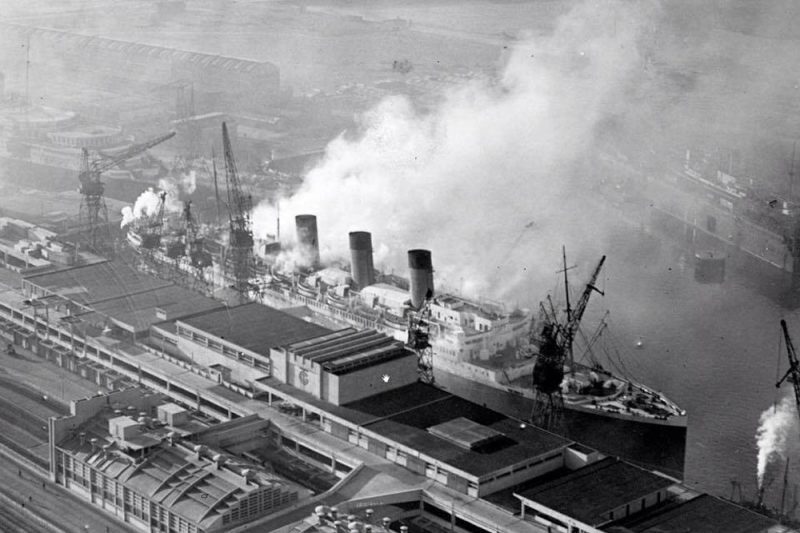
S.S.
Paris
is seen ablaze on April 18, 1939.
The next morning at 9.15 am suddenly the S.S.
Paris
heeled over onto her port side, which meant that her funnels and masts would
trap the much larger and
magnificent liner the S.S.
Normandie
who was now berthed alongside the Paris
close-by.
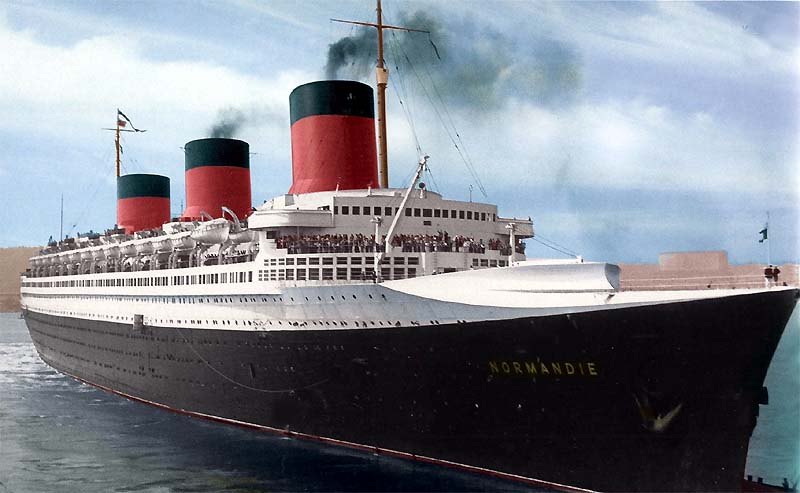
The
great 83,423 GRT, S.S.
Normandie
seen in here in all her glory during her latter years
The Paris
was unable to be righted and it rapidly became clear that it was impossible to
save the once magnificent S.S.
Paris.
Two days later her funnels and masts were removed, which was done in order to
allow the Normandie, which had been trapped by them, and allow her to depart
and head for New York.
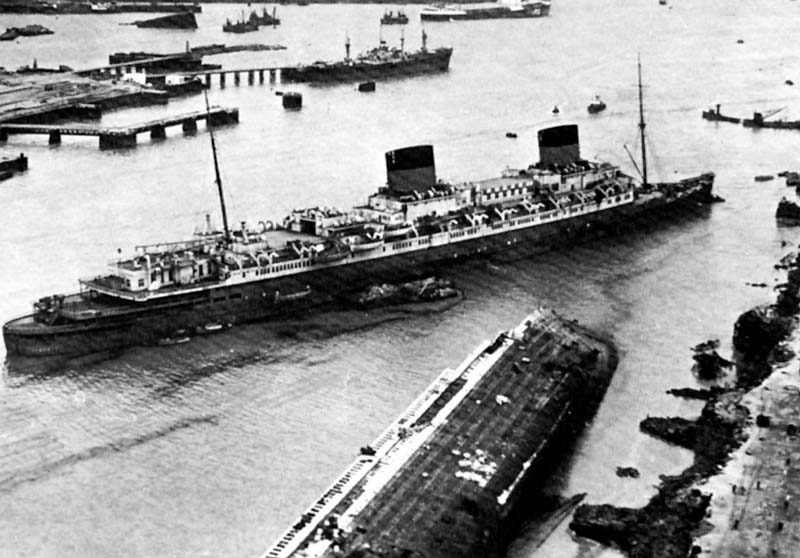
The
Great S.S. Normandie is finally able to pass the Paris
and she heads for New York
A few months later, World War II commenced as Germany
invaded Poland.
The war would mean that the Paris
was of no concern for the French Line, as they had far too many problems on
their hands, thus they decided to leave the Paris
where she was on her side at Le Havre
until the end of WW2.
The once great Line the S.S.
Paris laid where
she had sunk until 1947, and it was finally decided to
have her scrapped, which was done where she lay!
Specifications & Details S.S.
Paris:
Owner: “Compagnie
Générale
Transatlantique”
- “French Line”.
Type: Ocean
liner.
Port of registry: Le Havre,
France.
Ordered: 1908.
Builder: Penhoët,
Saint Nazaire,
France.
Laid down: 1913.
Yard: 68.
Launched: September 12,
1916.
. Fitted
out, but remained laid up during the war.
Maiden voyage: June
15, 1921.
Tonnage: 34,569
GRT.
Engines: Steam
turbines powering four propellers.
Length: 764
ft - 233.4 m.
Beam: 85
ft - 26 m.
Decks: 10.
Speed: 22
knots.
Passenger Capacity:
As Built: 2,115
Passengers.
. 563
First Class.
. 460
Second Class.
. 1,092
Third Class.
August, 1929: 1,934
Passengers.
. 560
First Class.
. 530
Second Class.
. 844
Third Class.
Crew: 648.
Fate: Caught
fire, and capsized in Le Havre
on April 18, 1939.
. Dismantled where she lay in 1947.
Remembering
the Magnificent S.S. Paris
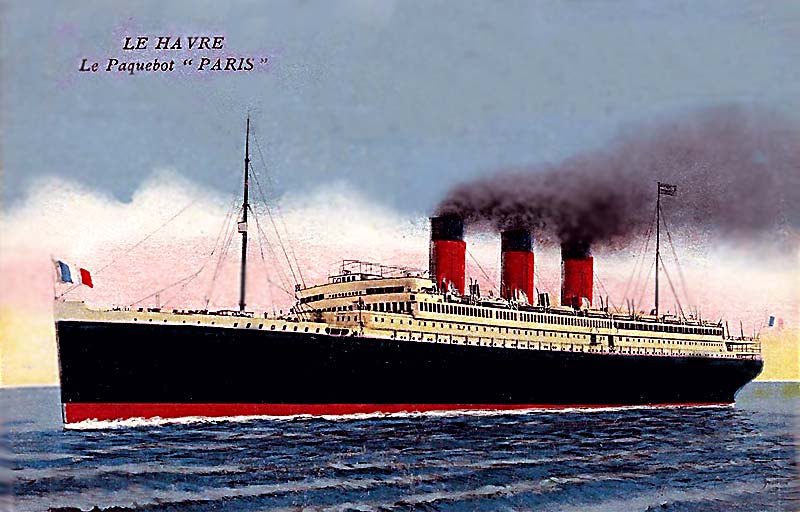
One of the best French Line’s colour Postcards
of the ‘Paris’
View
the S.S. Paris Deck Plan
Also
visit the 3 page S.S. Normandie Feature - 1935 to 1947
And
the S.S. Ile de
France - 1927 to
1959
***********************************
“Blue Water Liners
sailing to the distant shores.
I watched them come, I watched them go and I watched them die.”
Return
to ssMaritime MAIN INDEX
ssMaritime.com & ssMaritime.net
Where you will discover over 1,435
Classic Liners & the 1914 built MV Doulos Story
The
Author has been in Passenger Shipping & the Cruise Industry for a good 60
years!
For interest: Sadly an email service to ssMaritime is no
longer available, due to the author’s old age and chronic illness as well
as being disabled, etc. In the past ssMaritime received well over 120 emails
per day, but Mr. Goossens can no longer handle same. He sincerely regrets this!
Please Note:
ssmaritime and associated sites are 100% non-commercial and the author never
seeks any funding or favours of any shape or form, never have and never will!
Photographs on ssmaritime and associate pages
are: by the author or from the author’s
private collection. In addition there are some images that have been provided
by Shipping Companies and private photographers or collectors. Credit is given
to all contributors. However, there are some photographs provided to me without
details regarding the photographer/owner concerned.
This notice covers all pages:
although, and I have done my best to ensure that all photographs are duly
credited and that this notice is displaced on each page, that is, when a page is
updated!
ssMaritime is owned & © Copyright by Reuben
Goossens
- All Rights Reserved




























